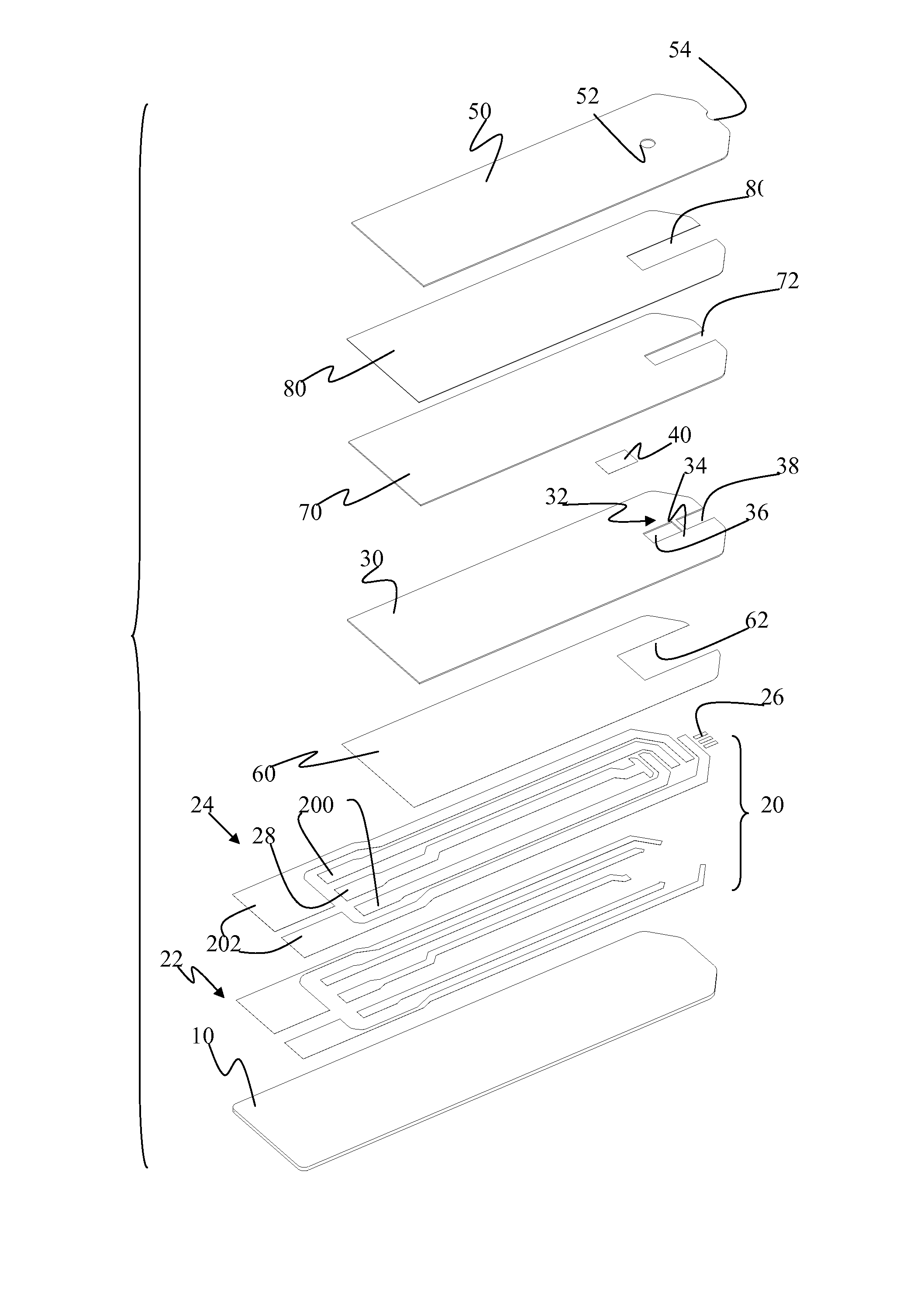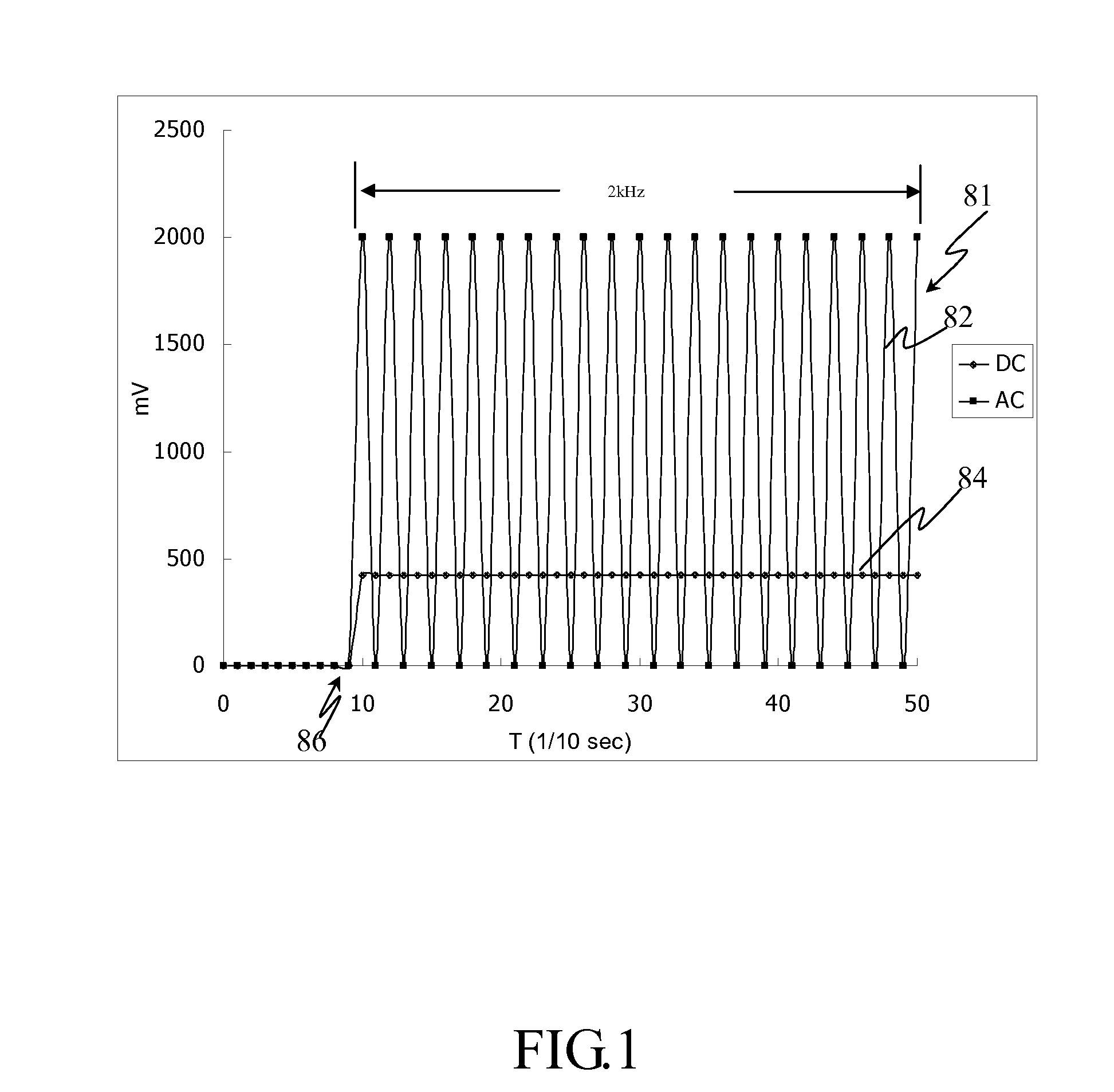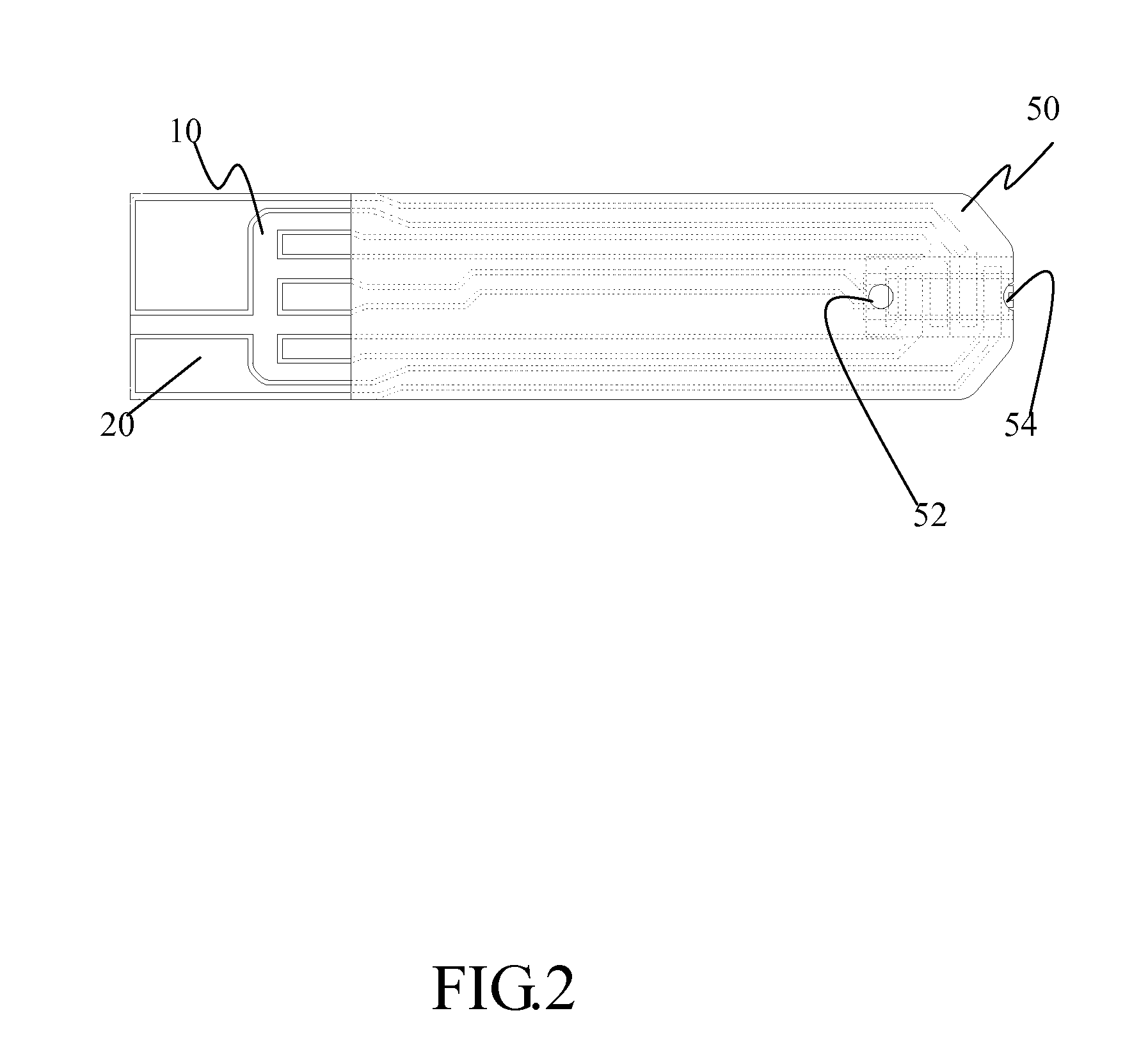System and method for measuring analyte concentration with interferant correction
a technology of interferant correction and analyte, which is applied in the field of system and method for measuring analyte concentration with interferant correction, can solve the problems of reducing the rate of chemistry dissolution, interfering with the accuracy of test, and affecting the accuracy of test results
- Summary
- Abstract
- Description
- Claims
- Application Information
AI Technical Summary
Benefits of technology
Problems solved by technology
Method used
Image
Examples
example 1
Whole Blood and Plasma Measurement with Different Frequencies, Amplitudes and Time of the Excitation to Obtain Hematocrit Level
[0103]This example applied an AC with DC offset signal with different frequencies and different amplitudes to a sample within a biosensor strip. The frequencies were 1, 2, 3 and 4 kHz and the amplitudes were 0.5, 1 and 1.5V. The samples were whole blood and plasma and detect the current values at 5 and 10 seconds. The hematocrit levels were calculated and the result was shown in FIGS. 7 and 8.
[0104]Referring to FIG. 7, left is whole blood result and right is plasma result. Detect the current values after 5 seconds when apply an AC signal with different frequencies and amplitudes. Compare difference between whole blood and plasma.
[0105]Referring to FIG. 8, left is whole blood result and right is plasma result. Detect the current values after 5 and 10 seconds when apply an AC signal with 2 and 4 kHz frequencies and different amplitudes. Compare the difference ...
example 2
Current Versus Hematocrit Relationship Measurement
[0106]This example used biosensor strips like FIG. 2 of the present invention. Apply an AC with DC offset signal to samples within biosensor strips. The signal comprised a frequency of 2 kHz and amplitude of 1 V. Detect the current value after 5 seconds with different hematocrit levels of samples and repeat three times. Compare the current and the hematocrit levels and the result was shown in FIG. 9.
[0107]Referring to FIG. 9, it can obtain a relationship curve between current and hematocrit level by measuring the sample three times and measuring different samples.
example 3
Measurement Hematocrit Level by Utilizing a Reaction Reagent Covered on a First Electrode Set and a Second Electrode Set of a Biosensor Strip
[0108]This example utilized a biosensor strip like FIG. 2 except a reaction reagent is covered on the first electrode set and the second electrode set. The hematocrit levels of samples are 0, 20, 45 and 65%.
[0109]When measurement, sample received by capillarity to the reaction reagent of the biosensor strip. Apply a DC signal to the first electrode set and an AC with DC offset signal to the second electrode set, and then measure the current value at the desired time to repeat eight times.
[0110]Referring to FIG. 10, it is a current and hematocrit relationship curve of this example. The result showed a big deviation if the reaction reagent is covered on the first electrode set and the second electrode set.
PUM
| Property | Measurement | Unit |
|---|---|---|
| Time | aaaaa | aaaaa |
| Electric potential / voltage | aaaaa | aaaaa |
| Electric potential / voltage | aaaaa | aaaaa |
Abstract
Description
Claims
Application Information
 Login to View More
Login to View More - R&D
- Intellectual Property
- Life Sciences
- Materials
- Tech Scout
- Unparalleled Data Quality
- Higher Quality Content
- 60% Fewer Hallucinations
Browse by: Latest US Patents, China's latest patents, Technical Efficacy Thesaurus, Application Domain, Technology Topic, Popular Technical Reports.
© 2025 PatSnap. All rights reserved.Legal|Privacy policy|Modern Slavery Act Transparency Statement|Sitemap|About US| Contact US: help@patsnap.com



